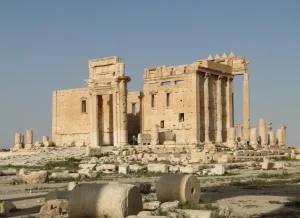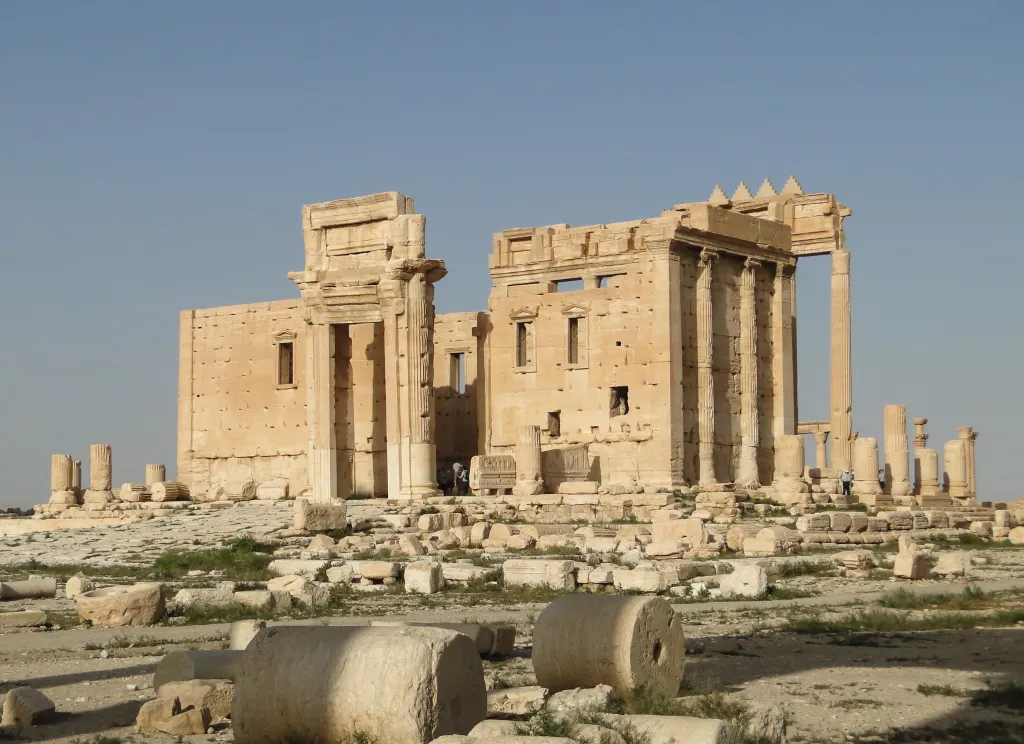Heritage experts have called for an international task force to aid the restoration of the ancient Syrian city Palmyria, following the first comprehensive conference on the topic since the end of Bashar Al Assad’s regime in 2019.
International heritage officials, antiquities authorities, and Syrian residents gathered in Switzerland last week at a conference organized by UNESCO and the Aliph Foundation, as first reported by The Art Newspaper. The group later recommended establishing an international expert task force dedicated to removing Palmyra from UNESCO’s List of World Heritage in Danger.
Valery Freland, the executive director of Aliph, told The Art Newspaper that rehabilitation efforts will focus on the Palmyra museum; the restoration of artifacts currently at the Damascus Museum; and the repair of the footbridge to the site. Freland said the team hopes work will begin in January, 2026, starting with a search for a museum operator.
Freland hopes to begin work on these missions in January 2026, when his team will look for an operator for the museum. The local community will be involved in plans for the museum, he added.
The Palmyra museum and other archaeological sites were damaged and looted beginning in 2014 by the terrorist group ISIS, which also destroyed major sites across Syria, Iraq, and Libya. At least 41 major cultural heritage sites and monuments were damaged by 2015, including the Temple of Bel, the Temple of Baalshamin, the Lion of Al-lāt statue, the Tower of Elahbel, and Arch of Triumph. ISIS was temporarily pushed out of the Palmyra by Assad’s forces in March 2016, only to recapture the city the following December 2017.
Palmyra was also known to be a major source of funds for terrorist organizations. Artifacts stolen by ISIS flooded the antiquities market during the height of the group’s power; the recovery of these artifacts is ongoing. The end of Syria’s eight-year civil war renewed international interest in the battered city, with countries including the United States and Russia proposing plans to aid in the restoration of its archaeological treasures, which would in turn help revitalize the local economy.
“The relationship between the ancient site and the modern city used to be dynamic and economically beneficial,” David Sassine, an Aliph project manager, told The Art Newspaper, adding that today “both the archaeological site and the nearby urban area require major rehabilitation to recover and reestablish this connection.”

